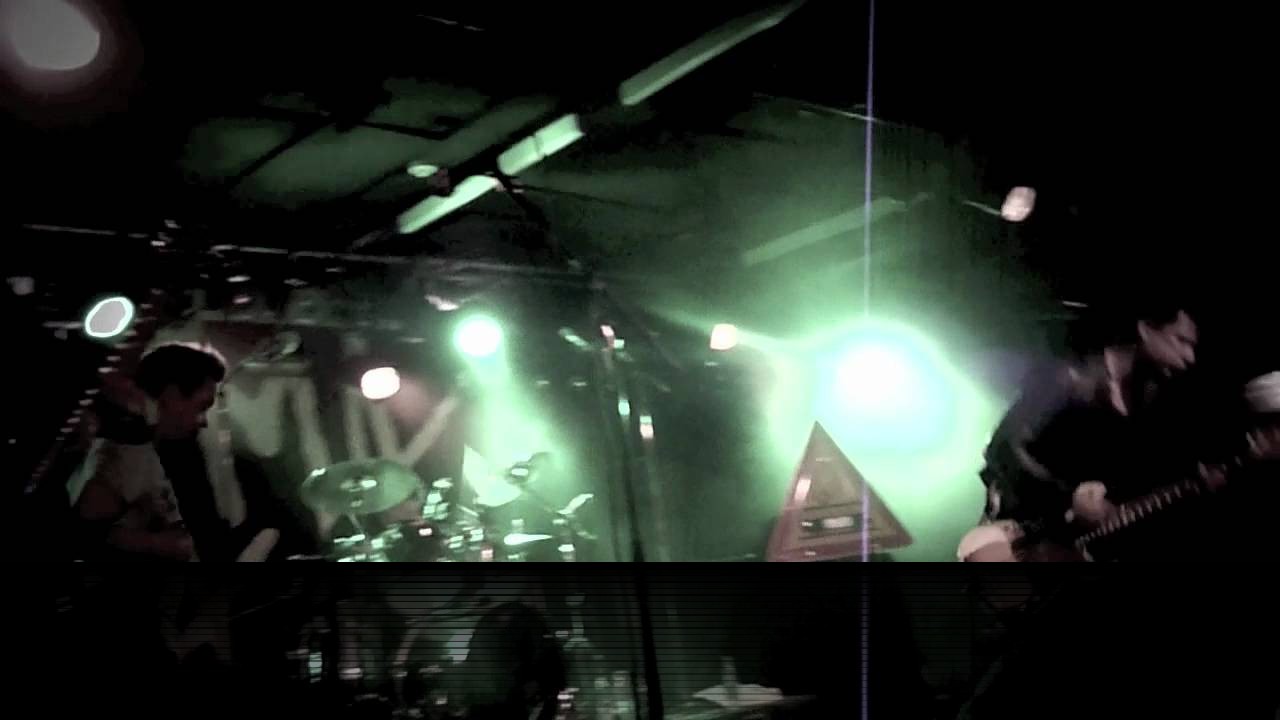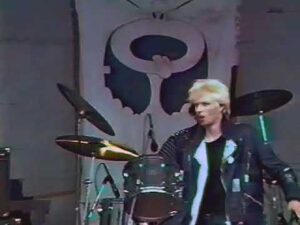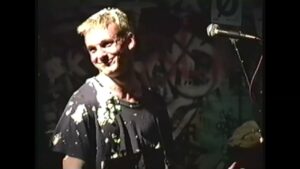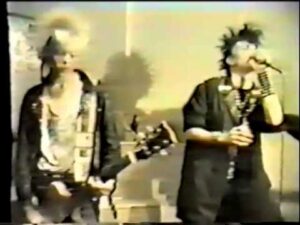Formation & Members
Lama, also known in Japanese as ラットゥス, is a legendary punk/hardcore band that emerged from Japan’s vibrant underground music scene in the late 1970s. Formed in 1978 in Tokyo, the band was a pioneering force in the Japanese punk movement, known for its raw energy and unapologetic sound. The original lineup consisted of Tsutomu “Tomo” Chiba on vocals, Koichi “Ko” Motomura on guitar, Keisuke “K” Yamamoto on bass, and Takashi “Taka” Sato on drums. These four musicians brought together a shared passion for the burgeoning punk scene that was taking root across the globe, influenced by bands like The Sex Pistols and The Ramones.
The chemistry among the members was electric, with each bringing their own unique style and influences to the band. Tomo’s intense vocal delivery was complemented by Ko’s aggressive guitar riffs, while Keisuke and Takashi provided a thunderous rhythm section that drove their music forward. Lama quickly gained a reputation for their explosive live performances, which often left audiences both exhilarated and exhausted.
Musical Style & Characteristics
Lama’s musical style is best described as a fusion of raw punk energy and hardcore intensity. Their sound was characterized by fast tempos, short and punchy song structures, and lyrics that often dealt with themes of rebellion, alienation, and social critique. The band’s music was a reflection of the disillusionment felt by many young people in Japan at the time, and their songs resonated with a generation looking for a voice to express their frustrations.
While Lama’s music was rooted in punk, they were not afraid to experiment and push the boundaries of the genre. They incorporated elements of traditional Japanese music into their sound, giving their material a unique twist that set them apart from their Western counterparts. This blend of influences helped Lama create a distinct and unforgettable sonic identity that continues to inspire musicians today.
Key Works & Discography
Lama’s discography, though not extensive, is packed with influential works that have left a lasting impact on the punk and hardcore scenes. Their debut album, “Rebellion,” released in 1980, is a seminal work that captures the raw energy and unbridled passion of the band. Tracks like “Tokyo Riot” and “No Future” became anthems for disaffected youth, encapsulating the anger and defiance of the era.
Following the success of their debut, Lama released “Chaos & Order” in 1982, an album that saw the band refining their sound and exploring more complex musical arrangements. The album featured standout tracks such as “Broken Dreams” and “Silent Scream,” showcasing their ability to blend aggression with melody.
In addition to their studio albums, Lama was known for their intense live performances, some of which were captured on the live album “Live at Shinjuku Loft,” released in 1983. This recording is a testament to the band’s legendary stage presence and remains a must-listen for fans of the genre.
Influence on Other Bands/Scenes
Lama’s influence extends far beyond their own music, having played a pivotal role in shaping the Japanese punk and hardcore scenes. Their fearless approach to music and their willingness to address controversial topics inspired countless bands to follow in their footsteps. Groups such as GISM, The Stalin, and Gauze have cited Lama as a major influence, acknowledging the band’s role in paving the way for the explosive growth of punk and hardcore music in Japan.
Moreover, Lama’s impact was not confined to Japan. Their unique sound and compelling live performances earned them a following overseas, particularly in Europe and North America. As a result, they helped to foster a global appreciation for Japanese punk, opening doors for future generations of Japanese musicians in the international music scene.
Breakups or Reunions
Like many bands of their era, Lama experienced their fair share of tumultuous times. Creative differences and the pressures of the music industry led to their initial breakup in 1985, much to the disappointment of their fans. However, the band’s legacy continued to grow in their absence, with their music gaining a cult following over the years.
In 2005, Lama surprised fans by announcing a reunion tour, bringing together the original lineup for the first time in two decades. The tour was met with enthusiastic reception, proving that the band’s music had not lost its power or relevance. The success of the reunion tour led to the release of a new album, “Resurgence,” which introduced Lama’s music to a new generation of listeners.
Current Reputation & Legacy
Today, Lama is revered as one of the pioneering forces in Japanese punk and hardcore music. Their influence can be seen in the work of numerous contemporary bands, both in Japan and abroad. The band’s ability to blend raw energy with thought-provoking lyrics has left an indelible mark on the genre, earning them a place in the pantheon of punk legends.
Lama’s legacy is also evident in the continued appreciation for their music, with their albums remaining in high demand among collectors and fans. Their pioneering spirit and commitment to artistic authenticity continue to inspire musicians who strive to push the boundaries of what punk and hardcore music can be.
Conclusion
Lama’s journey from the underground punk scene of Tokyo to becoming a globally recognized name in the punk and hardcore genres is a testament to their enduring impact and influence. Their fearless approach to music, coupled with their willingness to tackle challenging themes, has cemented their status as icons in the world of punk rock.
As we look back on Lama’s legacy, it is clear that their music continues to resonate with fans old and new. Their story serves as a reminder of the power of music to inspire change and bring people together, transcending cultural and geographical barriers. Lama may have started as a small band in Tokyo, but their influence has reached far and wide, leaving an indelible mark on the world of music.









